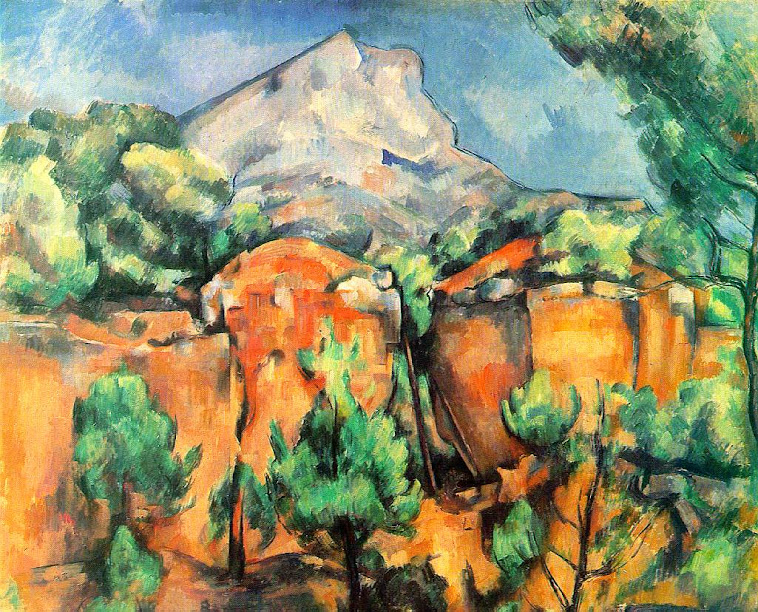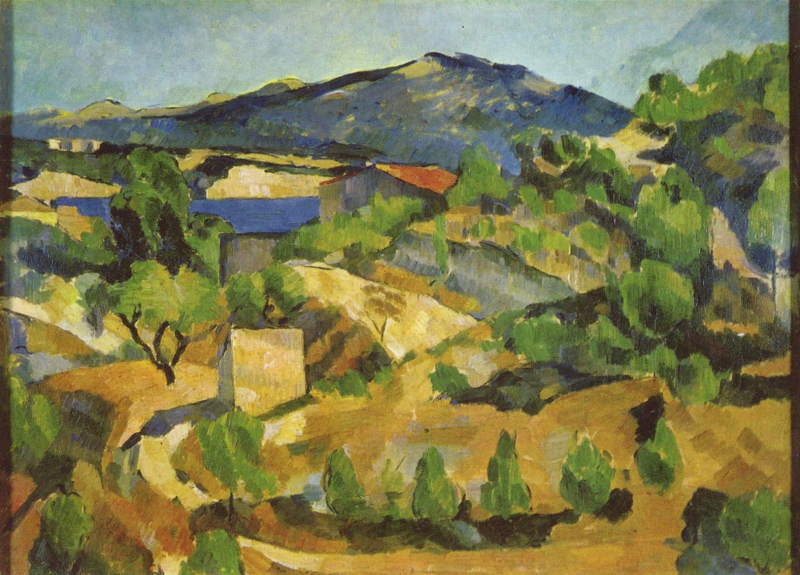The Late Works Of Paul Cezanne Was The Inspiration
French painter Paul Cezanne (1839–1906) abandoned linear perspective in his later works and flattened the space to emphasize the surface of his paintings. He emphasized the distinction between reality and painting by doing this. Additionally, Cezanne looked at reducing natural forms to cylinders, spheres, and cones. The Cubists developed Paul Cezanne's methods after carefully studying his work. As a result, he had some influence on Cubism. This is the next interesting fact about Cubism we want to mention.
Since Cézanne frequently painted the small village of L'Estaque in the south of France, the painting that gave Cubism its name is actually intimately related to him. This is also true of its lines and colors, which clearly resemble Cézanne's art. The L'Estaque picture, which is equally suggestive of Cézanne, was also painted by Braque. The two main components that the Cubist painters most appreciated in Cézanne's work, particularly in his latter paintings, were what most impacted them. Geometry is the first. The Cubists recognized in Cézanne a propensity to represent nature with geometric shapes, which is crucial to the early development of Cubism, even though Cézanne's primary goal was to create volume with color planes.
Perspective is the second component. Contrary to the conventional single-point-of-view linear perspective popularized in the Renaissance, Cézanne's paintings frequently give the impression that each object has its own separate area and point of view. The Cubists broke perspective conventions in the same way that Cézanne did, and another aspect of their technique was to introduce several views of the same subject from various viewpoints at once. A nice illustration is the cup in this painting, which can be seen from both the top and the side.












